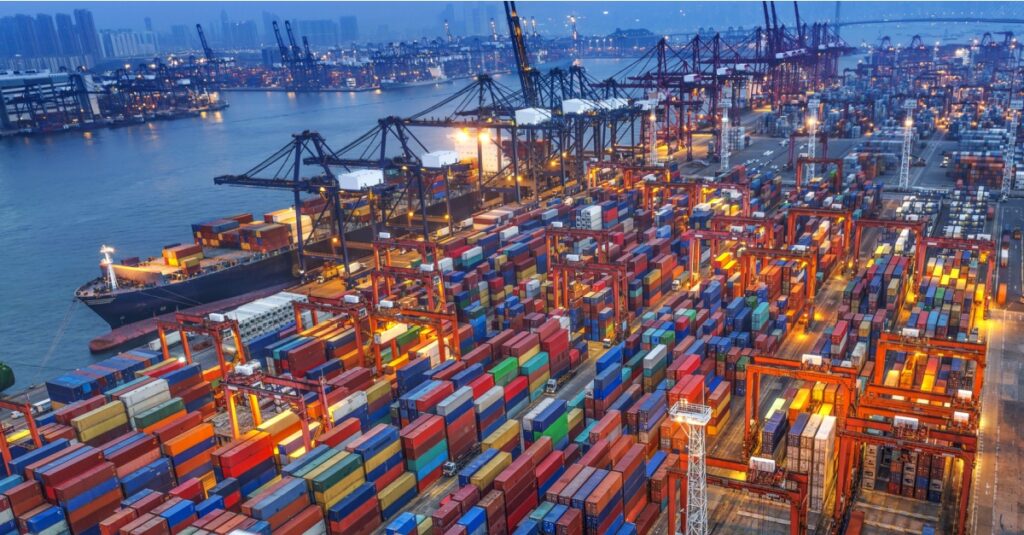
On 11 May, businesses were caught in a tariff limbo amid dramatic decreases in container shipping demand on the major trade from China to the US.
The fact there is now talk of a spike in freight rates following the announcement of a temporary lowering of tariffs between the US and China demonstrates how quickly situations can come full circle and why it is so difficult for shippers to manage supply chains against such uncertainty.
There will no doubt be further twists and turns, but shippers can use data to gain insight on how freight rates are likely to develop in the coming weeks, along with tactical strategies to manage supply chain risk.
Implications of 90-day window of opportunity
The announcement of a 90-day lowering of US tariffs on Chinese imports from 145% to 30% acted as the starting gun for businesses to ship as many goods as possible during this window of opportunity.
Carriers do not need a second invitation to introduce surcharges in response to situations that cause a squeeze on capacity and this puts shippers in a difficult position.
Everyone is aware of the 90-day window of opportunity as well as the financial implications of missing the deadline for imports. Even if spot rates increase to levels seen during the peak of the Red Sea disruption last year, it would still pale in comparison to the financial impact of tariffs increasing back towards the 145%.
Shippers know this and – perhaps more importantly – so do the carriers as we are already seeing GRIs that push all-in rates to USD 7000 per FEU into the US East Coast for 1 June.
These GRIs may not stick but it gives a clear indication of carrier intentions.
How high will rates go?
There is no doubt shippers are willing to pay higher prices if it ensures their goods arrive in the US during the 90-day window.
We saw this in the immediate aftermath of the ‘Liberation Day’ announcement when some shippers turned to air freight to beat the tariffs. Even the more expensive air mode was financially palatable in comparison to waiting for the tariffs to hit.
The question is therefore what freight rate increase carriers will be able to reasonably demand in the coming weeks.
The answer to this question is not found in the reasonableness of carriers, or even the balance between available shipping capacity and demand. Freight rates will increase to whatever level shippers are willing to pay to ensure their goods are moved.
If some shippers were willing to pay air freight rates to protect supply chains last month, would they not be willing to pay a massive premium for ocean freight this time around?
Source: Xeneta
Read More Here: https://www.xeneta.com/blog/how-high-will-ocean-freight-rates-go-after-us-and-china-lower-tariffs
